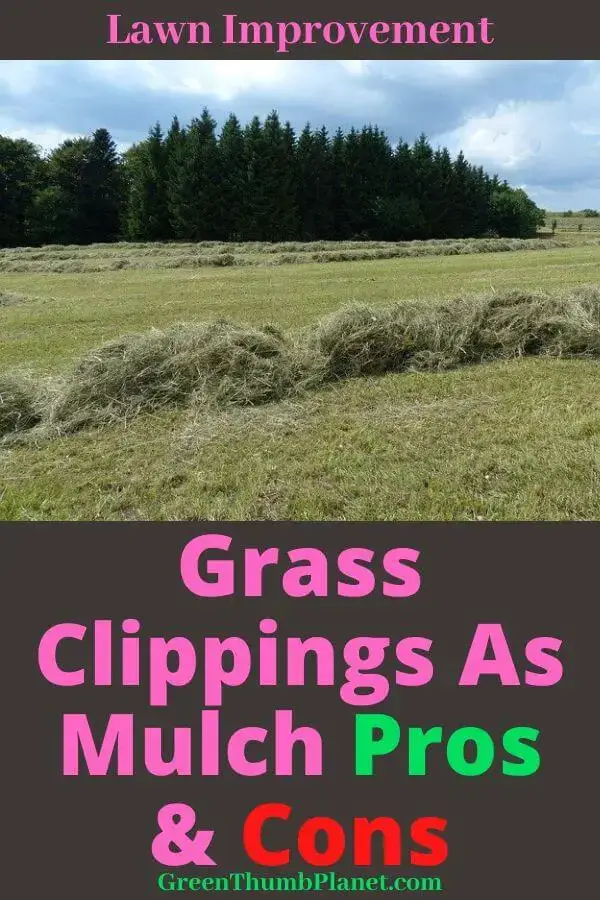
In a few weeks, after the first batch of clippings has started to break down we can then fill in the areas that were clear. But again leave areas where there is no grass to ensure that air can still penetrate the soil. Scatter them at a depth where they are not going to form sludge and suffocate the soil.Īround well-established plants, eg rhubarb, raspberries etc a slightly deeper layer will aid moisture retention and deplete weeds of light, hence suppressing them. So the trick must be to use grass clipping sparingly. In so doing they create a wonderful mycelial network as their hyphae spread by using growth pressure and chemical attack! Fungi will also utilise the organic matter and help decompose it. Wormcasts are nutrient-rich and wonderful for plant growth. Earthworms cannot easily recycle the sludge and nature abhors such practices.īut if we spread grass clippings thinly, earthworms will pull it into the soil and feed the soil with their wormcasts. However, though we can follow this basic concept and recycle our garden waste via compost bins or by applying to direct to the soil there are “rules” we need to observe.įirstly, if we deposit a large pile of grass mowings on the soil it will form an anaerobic heap of sludge that prevents air from reaching the soil. It’s the perfect recycling system and is why woodlands and jungles are so biodiverse. As trees shed leaves and branches fungi break them down and recycle the nutrients back into the soil.

Avoid Herbicide Treated Grass Mowings When Mulching.Using Green Waste Mulches Around Small Plants and Seedlings.
GRASS CLIPPINGS AS MULCH HOW TO
Here’s How To Use Grass Mowings as a Mulch But Green Waste, Such as Lawn Clippings, Is A Valuable Commodity We Can Use To Mulch & Feed Our Gardens.


 0 kommentar(er)
0 kommentar(er)
